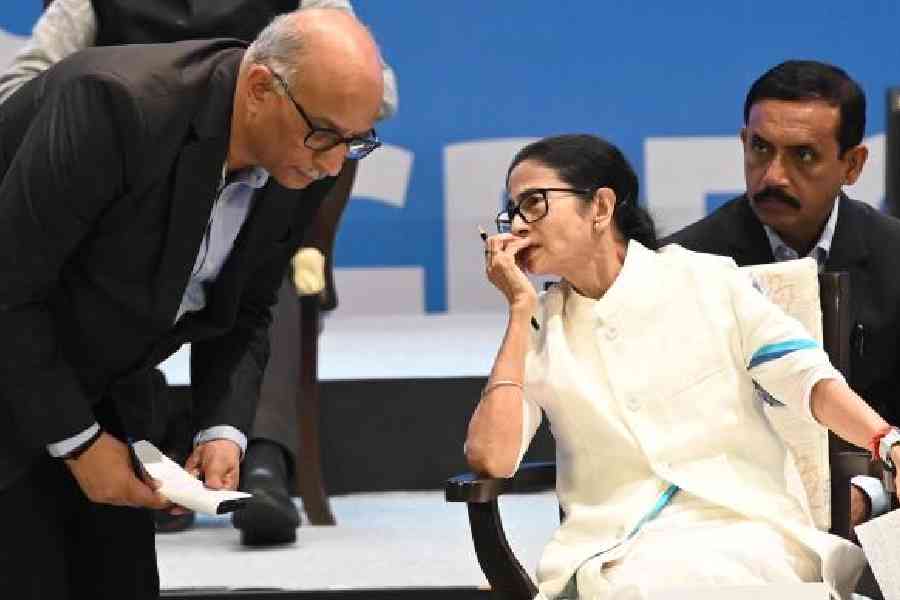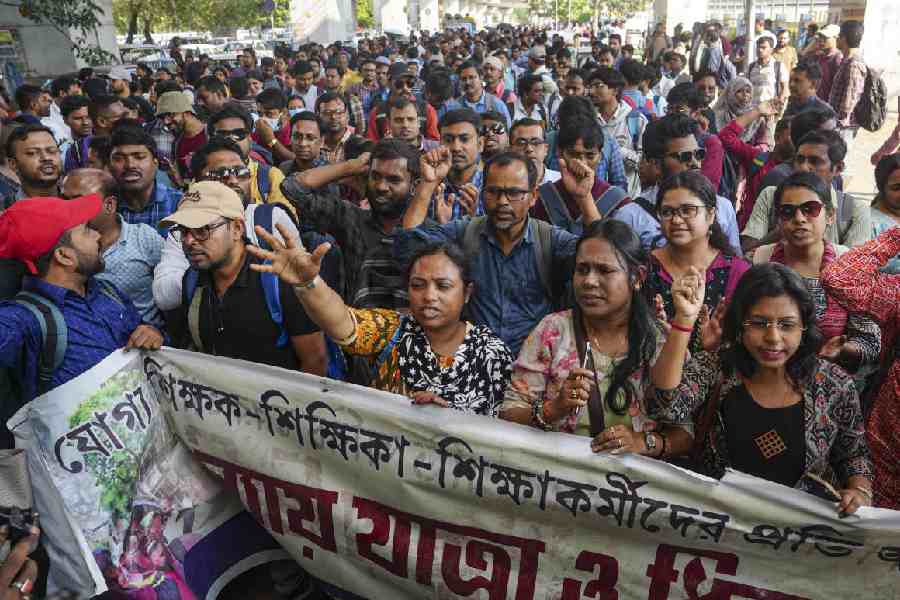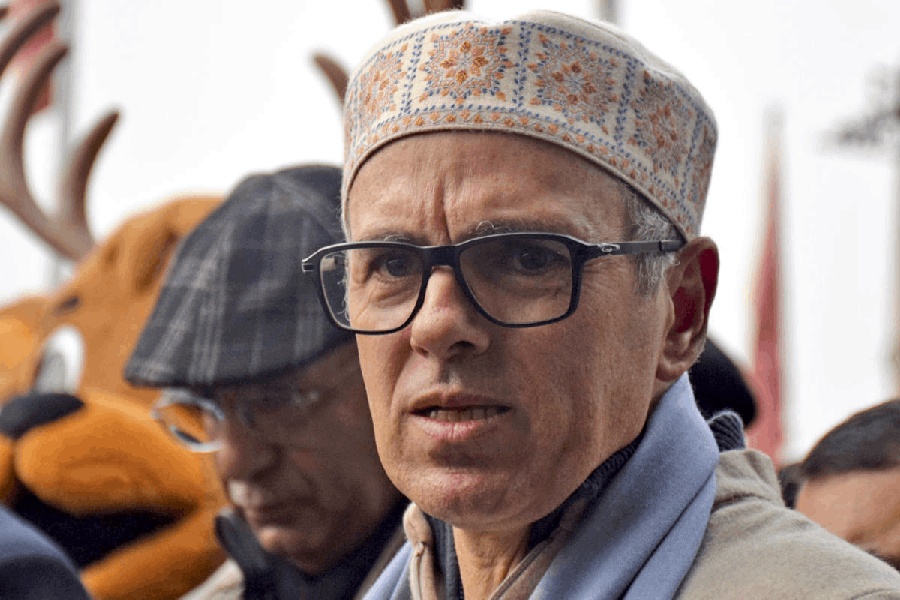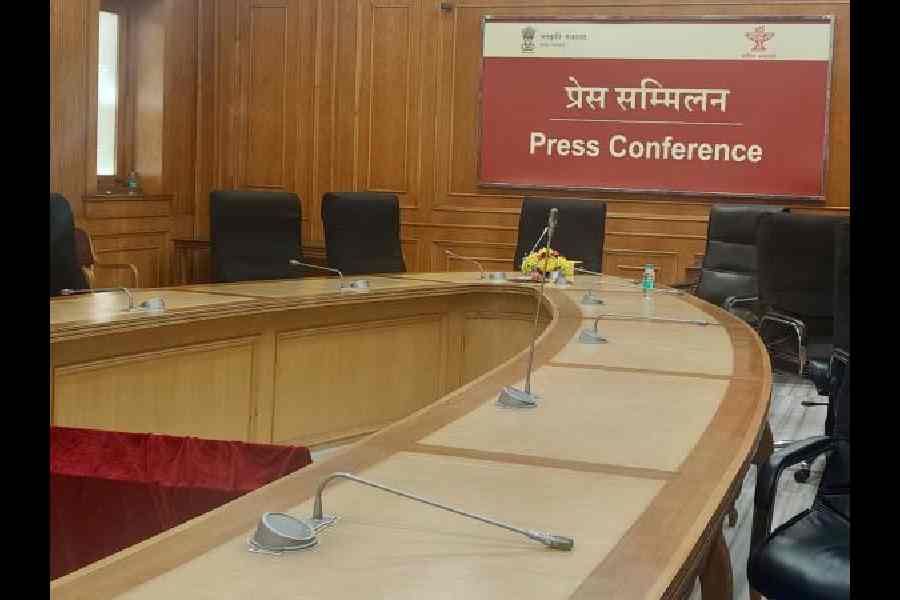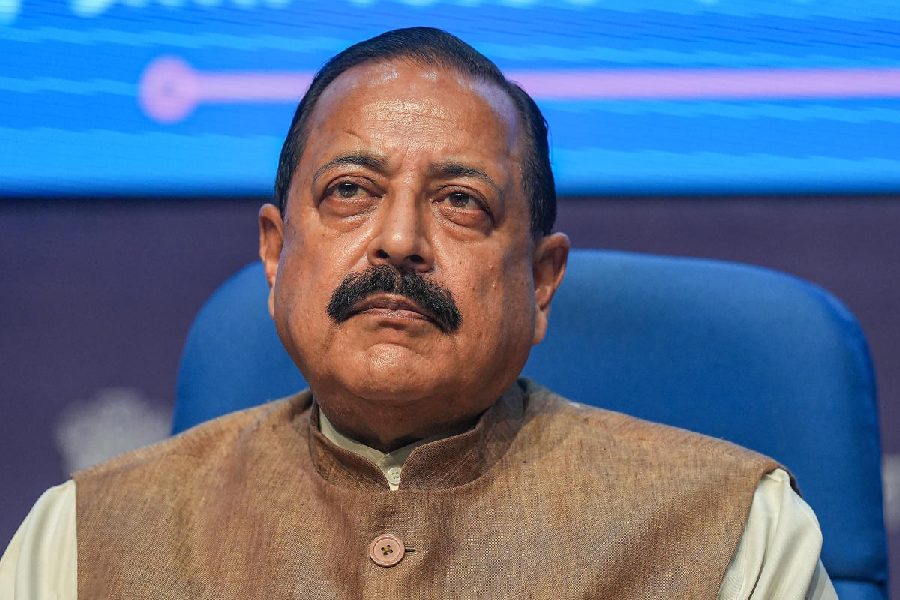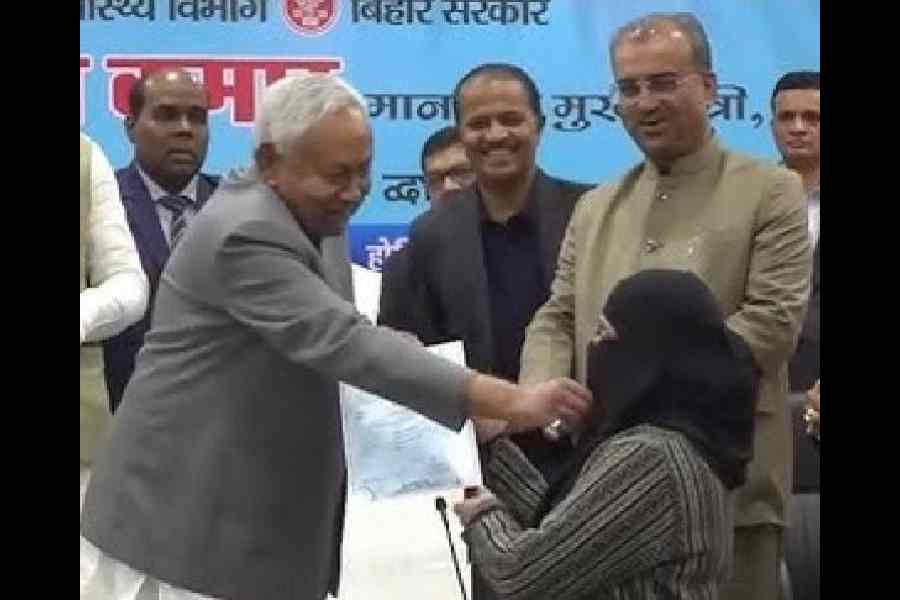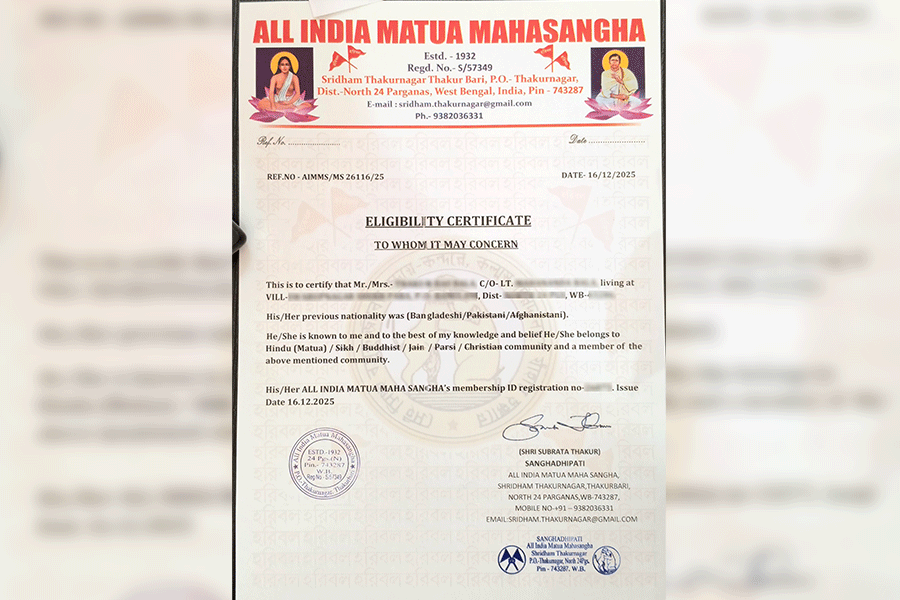Recently, I had been to the much-acclaimed crafts village Raghurajpur, situated on the bank of river Bhargavi, not too far from the town of Puri. The newly appointed chairman of Lalit Kala Akademi, New Delhi, K.K. Chakravarty, was with me. We shared some of our ideas as to how the central Akademi should function to make itself viable in a changing art world where commercial galleries and middlemen dictate all the terms. We both felt that the Akademi should rid itself of the so called “eminent artists” who live and practice in a few urban centres. In fact, the Akademi must rededicate itself to the entire artists’ community of India, including the folk and the tribal. The misnomer centring around the idea of a centre and the periphery or the national and local should be given up for a holistic approach for the development of art.
Nothing has changed in Raghurajpur except that the Intach has added two/three roofed structures lending the village a semblance of a tourist spot. Two of the villagers have been recognised by the government of India with Padma Shri and Padma Vibhushan awards for their contribution to Gotipua and Odissi. One was Maguni Charan Das while the other was legendary Kelu Charan Mohapatra. Both of them are dead and the village tries to remember them in its own way. Maguni’s son Purushottama is running a guru-shishya gurukul training centre where pre-puberty boys are trained in Gotipua. We were shown a repertoire number of Maguni Das. We felt that it was neo-classical Odissi punctuated with Bollywood jargons danced by the boys. The most identifiable item in the demonstration was the acrobatics which mimicked a few motifs of the patta paintings such as the Mahisha Mardini Durga, Vishnu on Garuda and Radha-Krushna Jugala. Kelu Charan’s much-neglected homestead with ruins only bore a flexi sign board announcing his possession and the Padma award that he had received from the President of India. We asked ourselves the inevitable question, what about patta paintings and their painters? Is there none to claim such distinction?
The beautiful banyan tree at the entrance to the village that once shaded the village goddess has been cut and replaced by an ugly cement structure. The structure is lime washed making it more alien in a place where palm, coconut and betel nut grows abound. Of course, the village has extended far beyond the goddess’ temple in its anxiety to grab the first tourists. At times, tourists are made to feel the extension as “the village” and do not need to explore further.
I had designed the logo of an institute here taking help of one of the Ganjapa playing cards bearing the picture of chariot with rider. This motif signifies the “King Card” of the Atharangi (eight colour) Mughal Ganjapa. The motif is still being used by this institute, Parampara. Bhagaban Swain of the institute showed us an old photo album with my photographs which reminded me my involvement in the building of this institute as well as the organisation of the spring festival in the village twenty seven years ago. I used to visit this village often for my research on patta paintings and for organising festivals and symposia. The significant event was when the then chief minister Janaki Ballav Pattnaik declared the village as the crafts village and the other one where crafts persons from all over the state converged to display their style of painting.
Through the congregation I had envisaged the idea of focusing on the chitrakar family as the basis of style and the matrimonial relations that link the families and hold them together as single community.
This is vital to understand the evolution of patta painting in Odisha and the contribution of various workshops to a common pictorial language. Intach engaged one Anupam Saha to beautify the village who in disregard to stylistic affiliations and distinctions got the walls painted in a particular fashion which looked deceptively beautiful to many indiscernible visitors. The painters, apart from painting ritualistic murals on festive occasions, do not decorate their walls for tourists.
The basic approach is a misadventure and Anupam has destroyed the dialectical structure of the patta painting by these similar-looking murals. Further, these murals leave an ironical message that since the tourists will not anymore be able to see such paintings in Raghurajpur workshops, they might satiate their aesthetic ambitions by looking at the mass produced wall murals. Three things baffled us, made us confused and curious about the impact of modernism on the traditional arts and crafts. One was the inroad of wiry and wary Saura motifs into patta paintings, the second was the overused and weak renderings of “pop” motifs in the name of modernism. While these two have disastrous effect on the growth of traditional art, the third venture was aimed at enhancing the scope of traditional painters of Raghurajpur.
A certain Jaina Bhandar located in Ahmadabad has placed orders with a few workshops of this village to scribe and illustrate the Jaina Kalpa Sutra manuscript on palm leaf to be used for svadhyaya (personal reading). The western Indian painting style, which is even older than our painting tradition, at last, is taking the assistance of Odia artistry. It seems that they are no more satisfied with the work of their indigenous painters and are looking East for the inspiration.This is a credible assignment that will boost the morale of the Odia painters. But Odia painters have to be cautious of their own credibility. They must not be stayed away by the western Indian Style, although it is not possible to stop the process of give and take in the field of art practice. The artists of Raghurajpur should try to infuse their own style of work into the making of Jaina Kalpa Sutra, so that the future researches will at least widen its scope to include Jain style of painting in Odishan repertory. Use of Saura and Worli tribal motifs in the decoration programme of the dance festivals at Konark, Puri and Raghurajpur year after year by the artists of B.K. College of Art and Crafts have left a deep impression in the minds of the traditional painters who have started copying these hackneyed motifs on coconut toys and bottles pronouncing them as modern designing. These motifs have also been painted on doors, pillars, rafters and beams of dwelling houses of the painters bestowing on them undue importance and juxtaposing them with classical motifs. I am not against entertaining alien pictorial motifs, but the emphasis should be to exhaust all the motifs in our reserve.The motif of Mahisha Mardini Durga painted by a few Westerners on the outside wall of the resource centre of the village does not behove the ambience. Had it been truly modern then one could take it as another motif, but this is ugly and undesirable and should not be encouraged at any cost.


